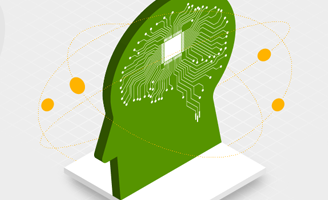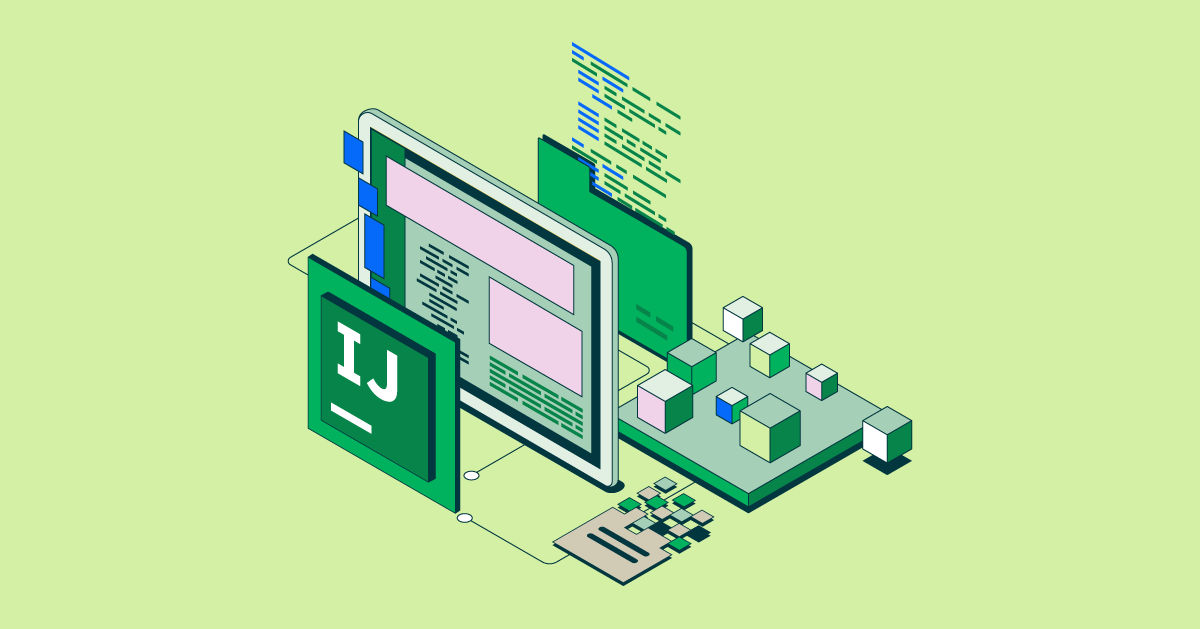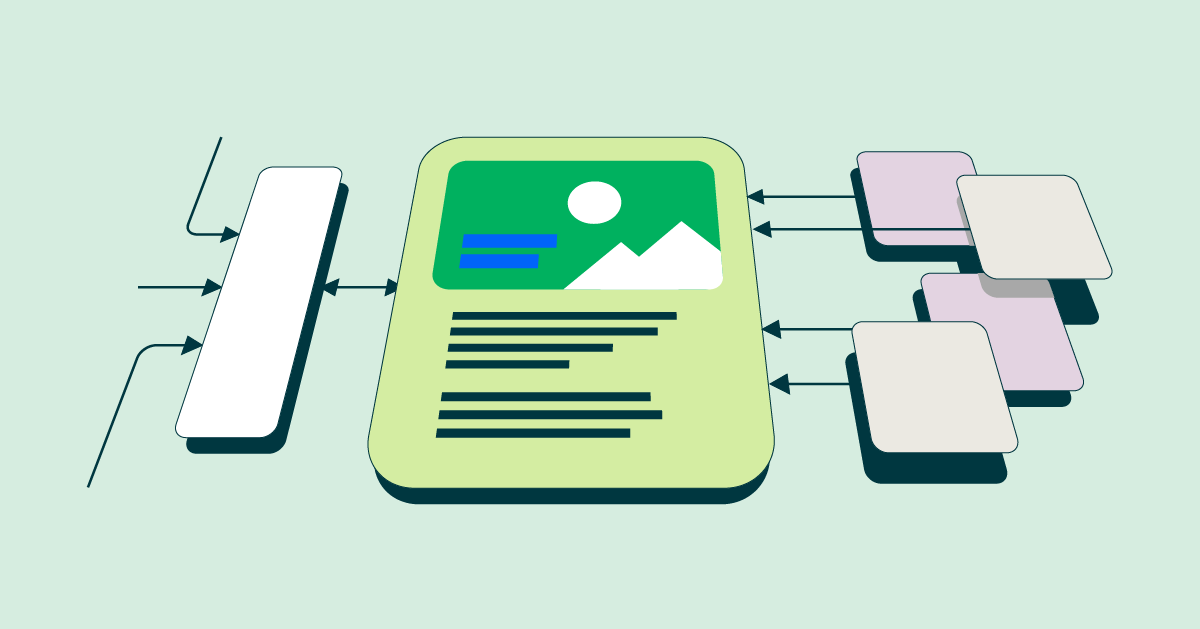The future of artificial intelligence in web content management
There are many different types of intelligence. Typically we think about having intelligence in terms of ability to solve problems, especially problems which have not been previously encountered. This would be general intelligence, but there are other types such as emotional intelligence or the ability to understand the mental states and processes of other individuals.
Intelligence requires a form of critical thinking or experience obtained via extensive exploration/discovery, training or sharing knowledge. These are usually considered human traits that require human interaction. But some level of intelligence can appear in other forms such as animals who learn human skills. While even animals may be thought of as possessing relative forms of intelligence, it is harder to apply those traits to a machine created from man-made parts with no natural propensity to think for itself. The machine has to be taught how to think. This is man-made intelligence known as 'artificial intelligence.'
What is Artificial Intelligence (AI)?
Artificial intelligence is a buzzword relating to injecting intelligence into a machine. In its current form, it is better to think of it as machine or statistical intelligence. Computers achieve a level of artificial intelligence via employment of training methods based on collecting large amounts of data and drawing a correlation from it. That's at least slightly different from how humans achieve intelligence. We achieve it via training as well, but that's where the similarities end. Our intelligence is realized mostly in creating productive solutions with smaller packets of the data than is required by a machine.
"I think that artificial intelligence is almost a humanities discipline. It's really an attempt to understand human intelligence and human cognition.” —Sebastian Thrun
The feedback loop for humans never ends: we are constantly learning new tricks. The ability to learn and methods of incorporating change evolves in humans throughout the different stages of life. AI currently is not nearly to the point it is projected to reach. Most of what is deployed and useful is artificial narrow intelligence built for a specific task. This type of machine intelligence can be relied on to be consistent. It will generally deliver the same expected results for same input no matter how many times it is called on to perform its tasks.
In this way, artificial intelligence cannot really be judged in terms of good or bad—it’s just different. It has different advantages, disadvantages, and derived purposes when compared to human intelligence. It's also better suited to do the jobs that computers are good at and are designed to do. The computer does not act as a human would. We mesh emotional and calculating intelligence and use the two together. Although they are separate things they work together to influence a solution. Either component might prevail in different situations or challenges, and that's good. It enhances the variety and possible responses humans have to any problem. It becomes our advantage and helps to maintain flexibility in a changing environment.
The challenges of “true” artificial intelligence
Some of the initial challenges of adapting artificial intelligence have been met. However, the development is relatively in its infancy though it was conceived of as long ago as 1955. In its current deployments it is considered 'Weak AI,' which is more-or-less oriented to a particular task. This might be something like simple robotics. 'Strong AI' would be when AI is deployed with enabled simulation of higher functions of the human brain. This would include exhibiting such things as:
The fluent use of language/communication
Formation of unique concepts and abstractions
The ability to remodel for self-enhancement
Advanced problem solving and creativity
Pattern recognition
Learning to optimize and improve performance over time
Image recognition and predictive analytics
Consciousness
Some AI has been shown to demonstrate some level of these traits but they have yet to truly be unified into a multi-operative unit. Development does suggest that advancement of the technologies will be rapid and will only gain momentum over time. It is not a situation where Artificial Intelligence is an enemy but it is something to work with over time.
The current AI and web content management
It could be argued that, provided enough training and computing power, one intelligent machine or network might be capable of analyzing all possible responses to a problem. This would allow it to react similarly to humans trained for a purpose. That may be true, but such a network would likely be less effective when amount of training and processing required is taken into account. It is likely the sheer bulk of information and exponential possibility could cause it to react slower than comparable human intelligence because of the level of complexity.
A different type of vision would be employing different intelligence types in unison to create behavior more like the human experience. If a reaction is calculated or emotional, a human sees the result and tunes their response appropriately. We can easily reflect on ourselves or those around us and know, learn, or intuit the thought processes they are using. Sometimes just a glimpse at someone will let you know how they are likely to react emotionally and intellectually to a request before even asking. This is because the human body is bound to differentiate physical expressions. These are easily recognized by fellow human beings and processed immediately in a given moment. It is currently not so easy in AI.
With single faceted intelligence, that collaboration of thought processes will not exist—which is why I support the concept of combining multiple intelligences to improve the decision making processes, and also to allow optimal switching between them as well as collaboration and mental support.
At Magnolia, we’ve recently combined AI, machine learning and human-led web content management as part of Magnolia version 6 in a way that solves everyday problems for content managers, content creators, and marketers in general. For instance, Magnolia’s AI-powered contextual search learns from the behavior of a content manager, bringing in relevant suggestions in real time to help make asset management easier. AI is also used to automatically tag content and images. For example, Magnolia’s advanced image recognition feature detects and tags an image based on its contents, once again streamlining search and asset management.
On the marketing front, marketers can tap into IBM Watson-powered AI, which is integrated into the Magnolia experience, to personalize web content based on personal data which is tracked and stored within Watson Marketing.
The vision for new deployments
Although still in relative infancy, creative deployments of Artificially Intelligent solutions can be successful in helping to manage web content. AI can greatly simplify process by providing applicable content to visitors while improving the delivery of appropriate content and user experience. This type of intelligent automated response is something impossible for humans to achieve where a dedicated intelligent machine would have no problem with the task. The machine can instantaneously assess an audience by behaviors and provide content and functionality in a personalized manner.
In this way, the future of intelligent content management is already here—and yet, there’s so much more to come.









